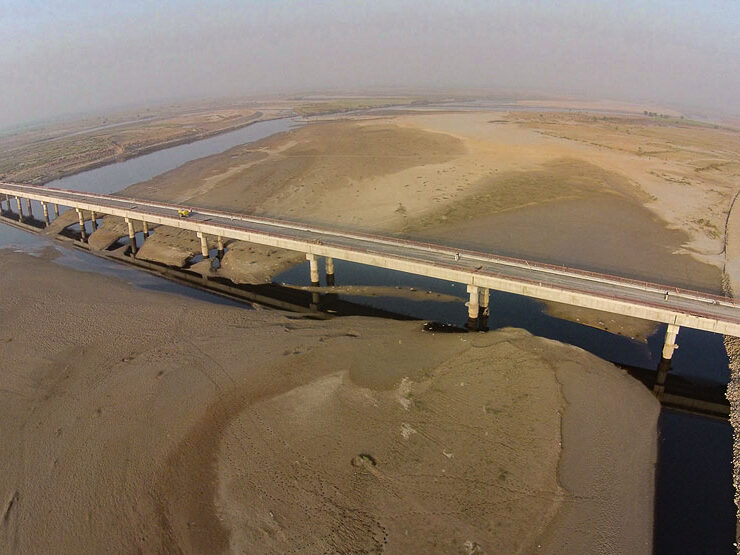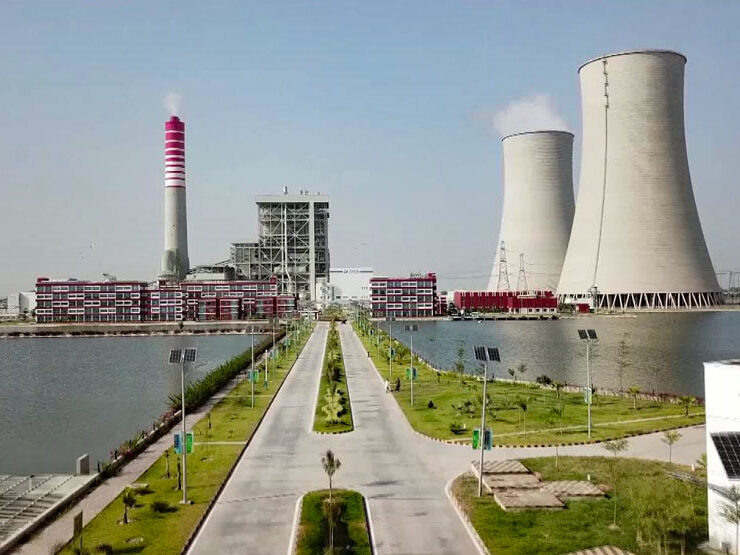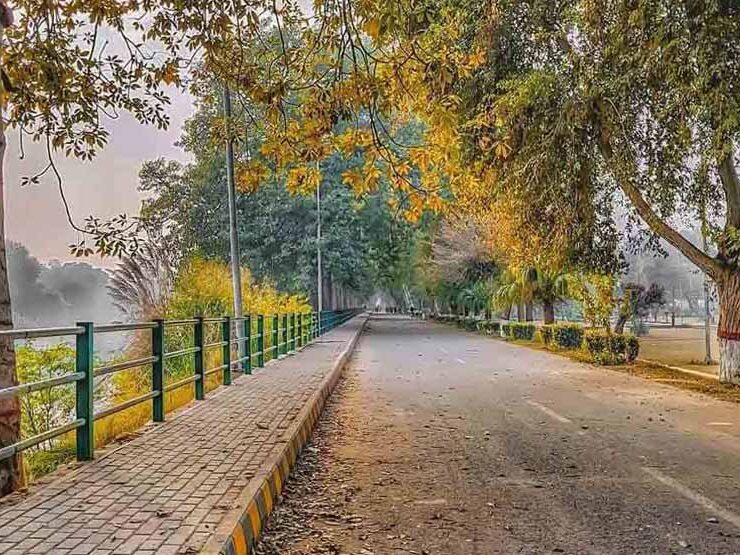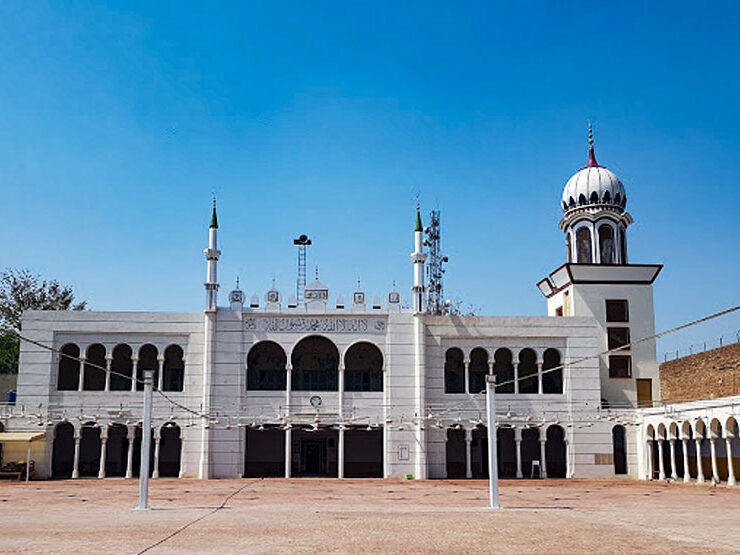Unveiling the Secrets of Harappa Museum, Sahiwal
The Harappa Museum in Sahiwal, Pakistan gives visitors the opportunity to see the ancient Harappa Empire through their eyes. With a variety of artifacts and structures well preserved, Harappa is the best preserved archaeological site that gives visitors a chance to see over a period of 4000 years. The museum itself preserved vast collections of artifacts derived from excavations of the adjacent Harappa greek monument. Thanks to the technological advancements the museum has a wonderful opportunity to bring someone to their old days in new and interactive manner.
A Breath in the Heaved-Bones
- Origins and Location
The place Harappa inhabited was standing from the period of 2600-1900 BCE. It was one of the most prominent cities of the Indus Valley Civilization, which extended during the prehistoric times from today’s Pakistan to northwest India. The Harappa archaeological site is an archeological site that stands at a distance of 35 km from Southwest of Sahiwal in the province of Pakistan, Punjab. Excavation process started in the 1920’s, and the city’s layout with sophisticated plumbing system, granaries, craft workshops, and two cemeteries was uncovered.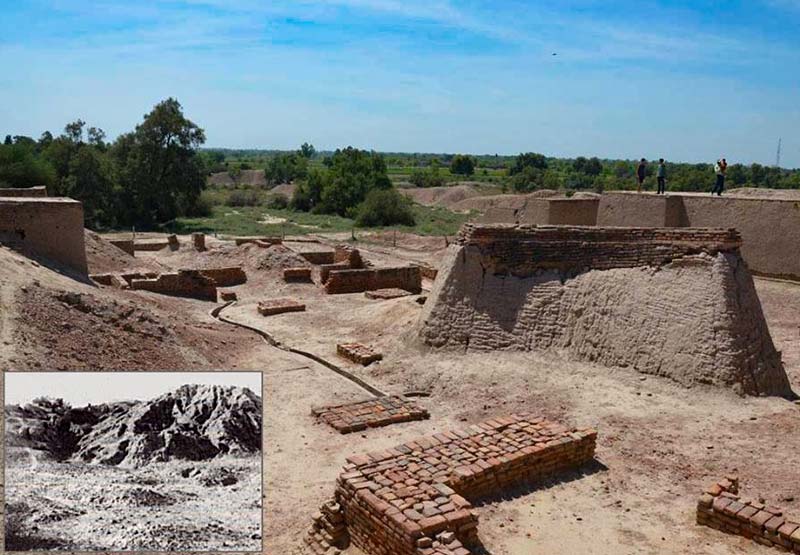
- The Indus Valley Civilization
It is estimated that the peak population of the Indus Valley Civilization was around five million and was arguably the largest civilization at the time. They came to use new methods in the process of metal smelting, handicrafts, and cultivation. The network of trade links connecting Mesopotamia in which Harappa was one of the major cities, demonstrates the economic as well as the cultural significance of cities. The civilization was in the process of decline since about 1900 BCE, during which it most likely was affected by climate change and migration.
What You’ll Find Inside
- Indus Valley Artifacts
The basic features of the Harappa Museum on show are pottery, stone, bronze tools, gold and stone jewelry, clay toys and games, engraved seals and bronze sculptures depicting dancers. Numerous items yield a great idea of how craftsmen, farmers, merchants, and priests must have conducted themselves. Because of the high quality of such finds as etched carnelian beads, it can be concluded that the inhabitants were highly a skilled people.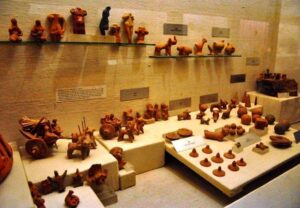
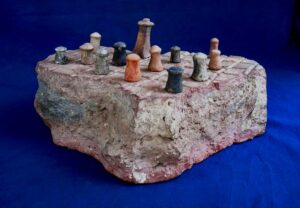
- Skeletons and Pottery
A assemblage of skeletal remains give us the picture of Harappans’ health and the diseases experienced by them. Many of these mass graves were filled with pottery and jewelry, proving the different actions or rituals needed before a person was buried here. The list of pottery items displayed is quite comprehensive, and involves items like vases, jars, dishes, cups, and perhaps many more other items. Thus, the skill of Indus Valley potters is evident. The elements and tools from various levels of civilization are quite visible.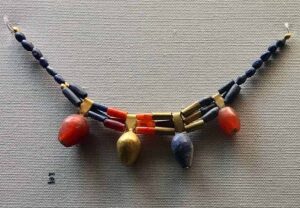
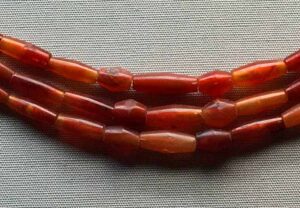
- Informative Exhibits
Digital and interactivial displays bring to life the artifacts that are associated with a Harappan society through the provision of information on culture, science, architecture and town planning. The expositions display metalsmithing, stone carving, trading routes, writing, musical instruments making, terracotta production, agriculture, animal domestication, and even gaming, among other areas. Visitors can have the opportunity to see the early evidence of dentistry and dock building, and even to see representatives of proto-dentistry.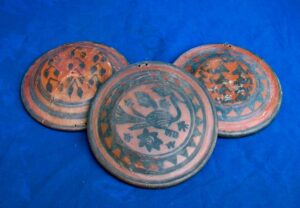
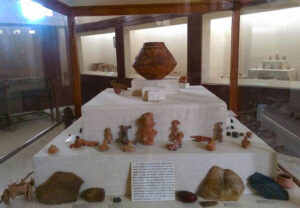
Let’s Take a Day Trip Back in Time for a While
Harappa Archaeological Site
The next monolith which is visible from the museum in just a five-minute drive is the archaeological site itself. By proceeding through the remains of an archeological site where used to be a granary, a craft center, and a cemetery, one can picture the lifestyle of the people in a Harappan metropolis. The remnants of urban planning like a grid system of streets and carefully rendered drains bring up the discussion of how developed they were for such an era.
Among the museum’s numerous interactive displays is an exhibit featuring artifacts excavated from the Indus Valley. Visitors can explore and understand the remains of one of the earliest civilizations in the world. React to the relics and narrative of the civilization that was said to be the cradle of humanity, but hidden for millennia. With the recreation of the people of Harappa using the best digital projection by them, the wonders and legacy of the Harappa people are revived again.

